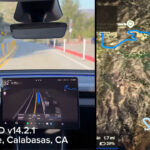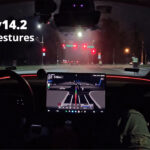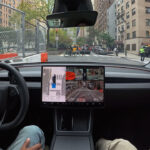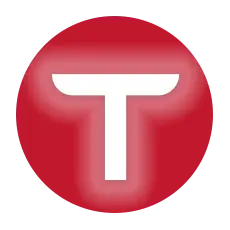Ford Motor Company has developed a system to estimate the life of individual parts on its vehicles. In early January 2025, the automaker released a patent after filing it with the United States Patent and Trademark Office (USPTO) in September 2021.
This patent —- number 12,189,383 — includes a new system to survey the parts continually while relying on cloud-based software. Ford’s latest innovation competes with Tesla’s long-running predictive maintenance system for its electric vehicles (EVs).
Ford will implement its new technology through sensors placed around each car. With the Internet of Things (IoT), these gadgets can send vehicle health information to a central database for further analysis. Then, artificial intelligence (AI)-backed systems evaluate how long the part has left.
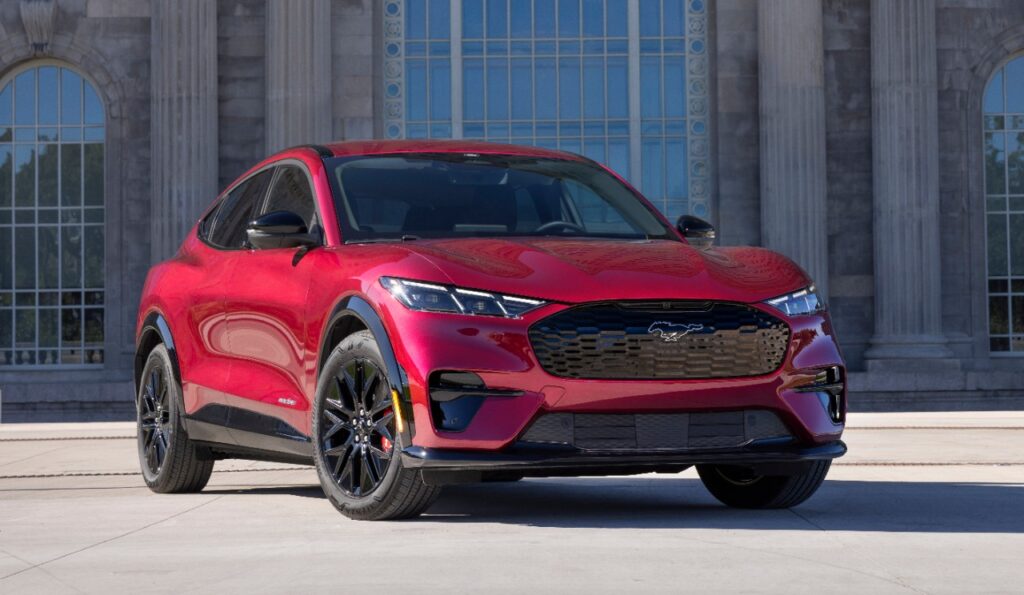
Another critical element of Ford’s new patent is leveraging connected vehicles. When cars exchange information, they better understand mechanical health standards.
Ford’s plan suggests dividing its fleet into specific vehicle classes. In the patent, the automaker outlines an example of the fuel injector’s remaining useful life (RUL) predictions. Ford would train the RUL model based on the vehicle class and ground truth degradation data.
While these technologies will help Ford drivers, they are already present in Tesla vehicles. The EV automaker has leveraged predictive analytics for over a decade to monitor and improve vehicle health.
In 2012, the company released over-the-air firmware to assist its cars. Then, in 2014, Tesla unveiled its tech package that included cameras and sensors.
In this decade, Tesla Motors still uses predictive analytics to optimize battery health and ensure smooth motor operation. With real-time monitoring, Tesla can predict fleet needs based on driving habits and acquired data.
While Tesla’s technology predates other manufacturers, it has continued improving its predictive maintenance software. In the fall of 2023, the automaker introduced a distributed sensor network to determine how many drivers were using specific Supercharger stations.
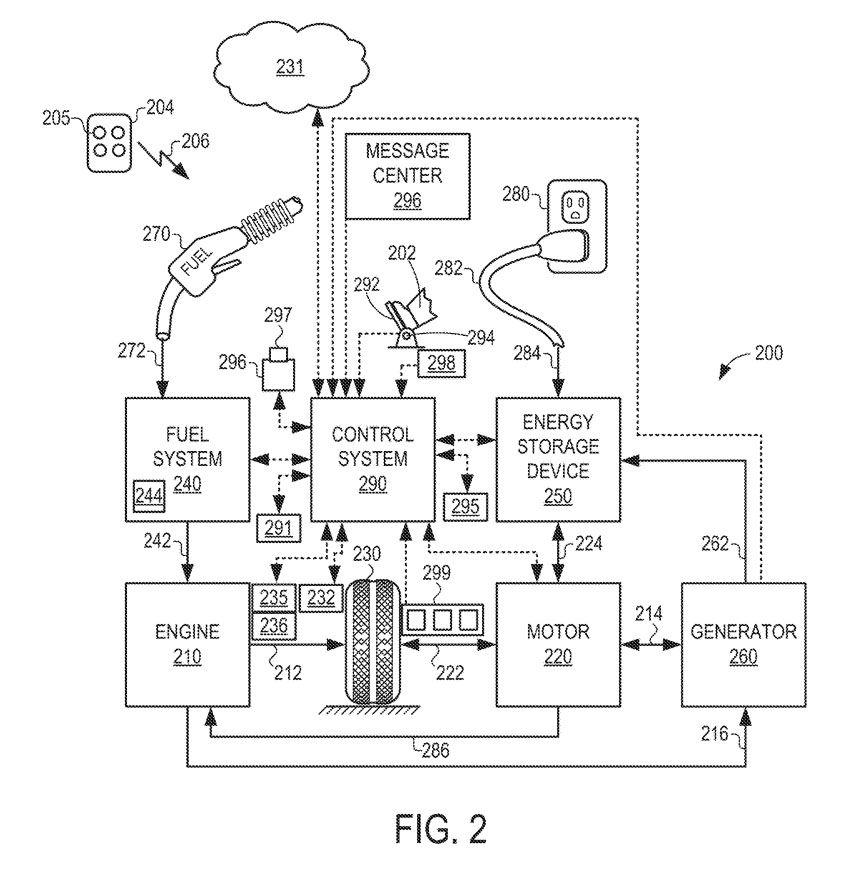
This information helps drivers understand wait times at charging stations and how many stalls are available. Advanced algorithms drive Tesla’s ability to predict wait times for its owners.
The automotive industry ebbs and flows with innovations. When one manufacturer invents something, other companies follow with similar technologies. Tesla and Ford have seen this phenomenon in the past and present.
In 1997, Ford unveiled the first natural gas-powered fleet for commercial sales. Following this innovation, other automakers created natural gas engines primarily for heavy-duty trucks.
Tesla is no stranger to other companies that are emulating its innovative features. Besides Ford, General Motors (GM) has also built upon Tesla’s predictive maintenance software.
GM has used its OnStar program to help drivers after getting into an accident. Then, the manufacturer updated the software to estimate when engine components would fail.
Predictive analytics are also a part of GM’s production process. With these advanced technologies, the automaker can detect malfunctions through anomalous patterns. The AI models predict when intervention is necessary, thus mitigating potential disruptions.
Tesla’s AI innovations have inspired other automakers outside predictive analytics. For instance, the automaker released Autopilot in late 2015 and made it available for the Model S. Since then, it has been a cornerstone of Tesla vehicles.
In the last decade, other manufacturers have followed up with various semi-autonomous solutions. Ford unveiled BlueCruise in 2021, allowing operators to take advantage of hands-free driving in specific areas. Since 2021, the Michigan-based company has expanded access to its Blue Zones.
Sometimes, other manufacturers inspire Tesla with their innovative software. One example is FordPass and its automated valet parking feature. With this assistance, drivers can locate parking spots and exit their vehicles before they enter a space.
Tesla’s answer to this innovation was the Vision Park Assist feature, launched in spring 2023. The software update leveraged Tesla cameras to measure how far away objects are. Then, it could help the driver park in their desired space.
The most recent update is Smart Summon, which lets drivers find parking lots and bring their cars to them. The software is functional for Tesla Model Y owners within 65 meters of their vehicle.
Stay tuned for constant Tesla updates, follow us on:
Google News | Flipboard | X (Twitter) | WhatsApp Channel | RSS (Feedly).
Related News
- Tesla rolls out the 2025 Holiday Update (2025.44.25.1), new features and release notes
- Tesla FSD v14.2.1 conquers ‘The Snake’ highway in California (hairpin turns, ~30 curves, video)
- Tesla FSD v14.2.1 recognizes hand gestures and proceeds a red light and more (videos)
- License Tesla FSD or face the disruption — Musk once again warns legacy automakers
- Tesla offers 30-day FSD v14 trials to HW4 vehicles in North America, FSD v14.2 goes wide release
- Tesla update 2025.44 goes wide with Radio Traffic Announcements, dashcam tweaks, preps for Holiday Update (Release Notes)


